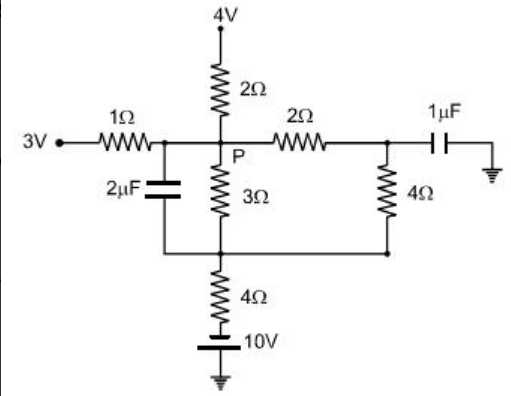In the given circuit, with steady current, the potential of point A must be
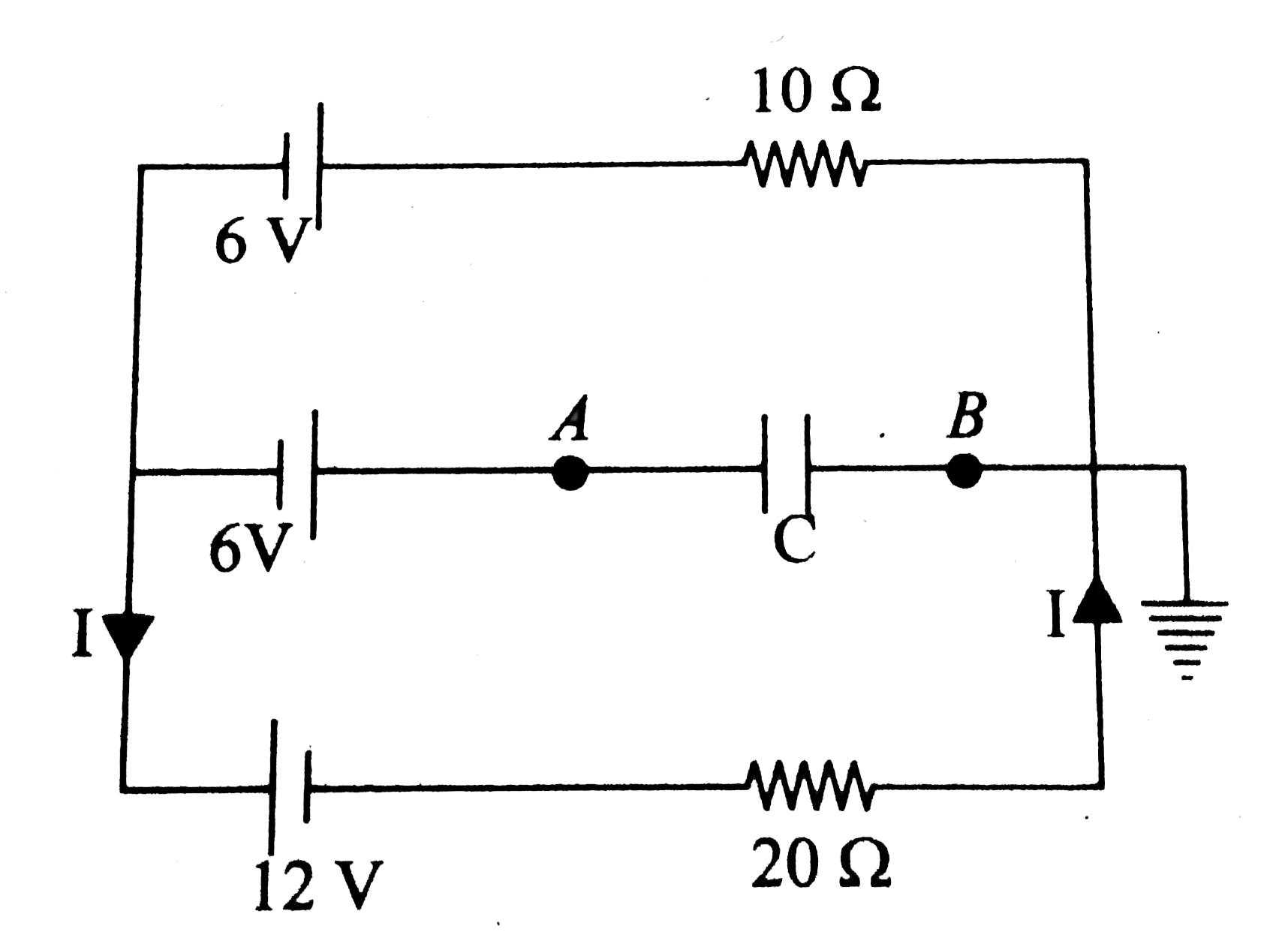
A
1 V
B
3 V
C
4 V
D
2 V
Video Solution
Text Solution
The correct Answer is:D
In the steady state condition, no current will flow through the
capacitor C.
Current in the outer circuit is I=2V−V2R+R=V3R
Potential difference between A and B is
Va−V+V+IR=VB
∴VB−VA=IR=(V3R)R=V3
|
Updated on:21/07/2023
Topper's Solved these Questions
- BOOK - CENGAGE PHYSICSCHAPTER - ELECTRIC CURRENT AND CIRCUITEXERCISE - Multiple Correct16videos
ELECTRIC CURRENT AND CIRCUIT
- BOOK - CENGAGE PHYSICSCHAPTER - ELECTRIC CURRENT AND CIRCUITEXERCISE - Comprehension35videos
ELECTRIC CURRENT AND CIRCUIT
- BOOK - CENGAGE PHYSICSCHAPTER - ELECTRIC CURRENT AND CIRCUITEXERCISE - Subjective29videos
ELECTRIC CURRENT AND CIRCUIT
- BOOK - CENGAGE PHYSICSCHAPTER - ELECTRIC CURRENT & CIRCUITSEXERCISE - Kirchhoff s law and simple circuits15videos
ELECTRIC CURRENT & CIRCUITS
- BOOK - CENGAGE PHYSICSCHAPTER - ELECTRIC FLUX AND GAUSS LAWEXERCISE - MCQ s38videos
ELECTRIC FLUX AND GAUSS LAW
Similar Questions
Knowledge Check
- Question 1 - Select One
In the given circuit, with steady current, the potential drop across the capacitor must be
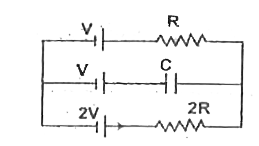 AVBV//2CV//3D2V//3
AVBV//2CV//3D2V//3 - Question 2 - Select One
In the given circuit, with steady current, the potential drop across the capacitor must be
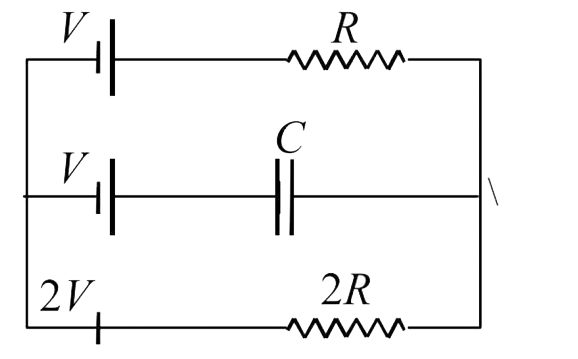 AVBV/2CV/3D2V/3
AVBV/2CV/3D2V/3 - Question 3 - Select One
In the given circuit, with steady current, the potential drop across the capacitor must be
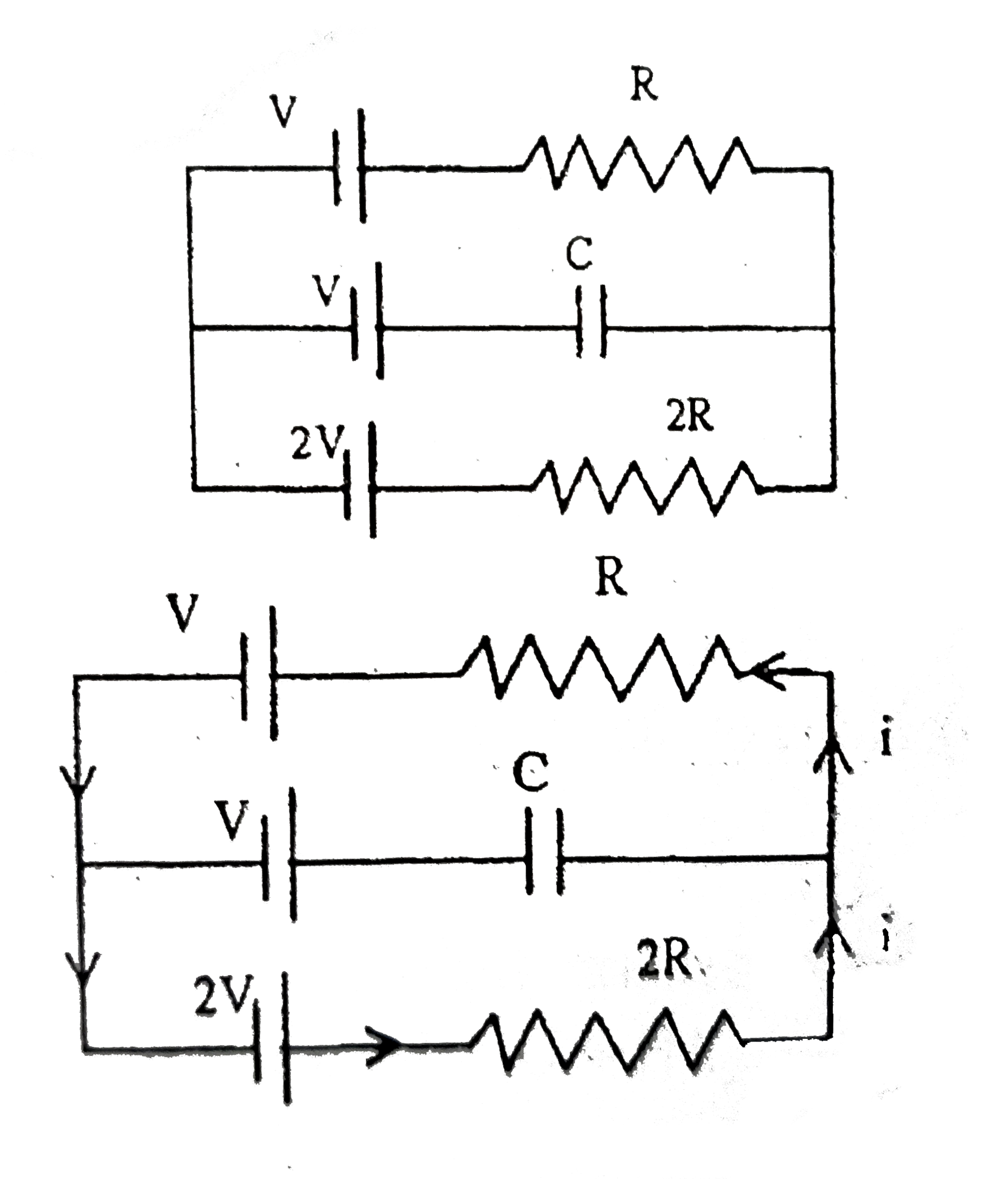 AVBV/2CV/3D2V/3
AVBV/2CV/3D2V/3
In the given circuit, with steady current, the potential difference across the capacitor is
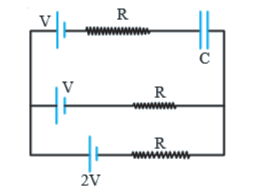 View Solution
View SolutionIn the given circuit the current l is
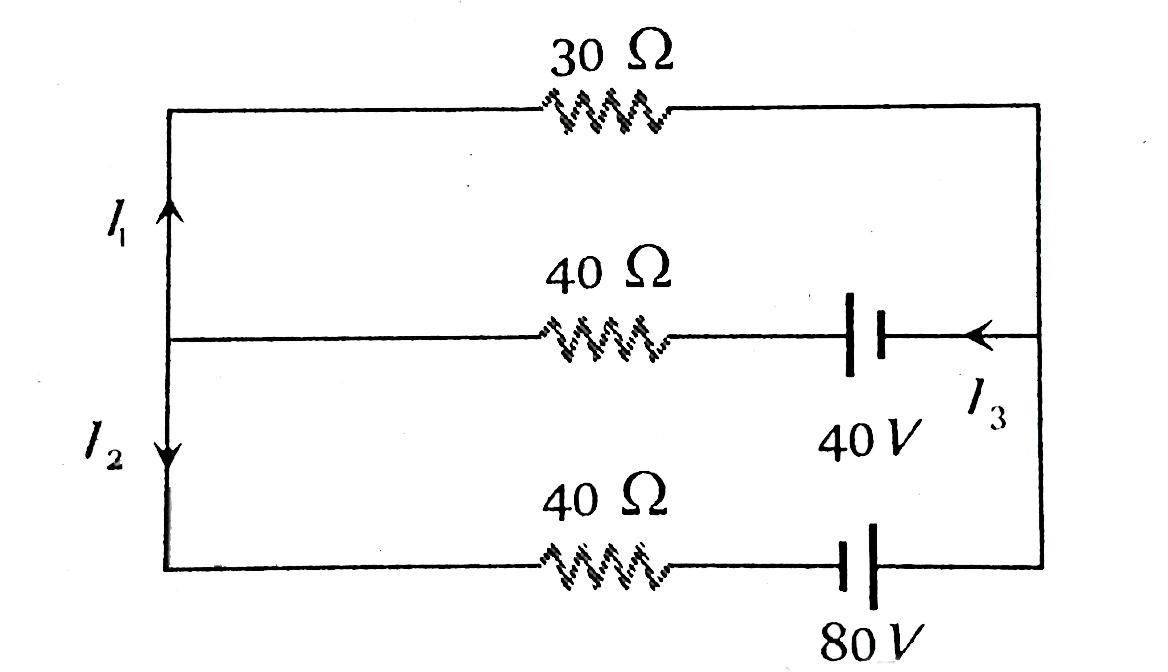 View Solution
View SolutionIn the given circuit, the potential of the point E is
 View Solution
View SolutionIn the given figure the steady state current is
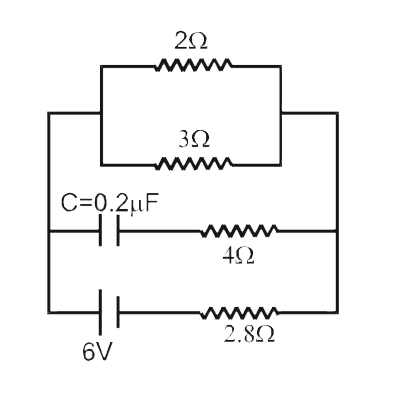 View Solution
View SolutionIn the circuit shown in the figure, if the potential at point A behind to be zero, the potential at point B is :
 View Solution
View Solution


